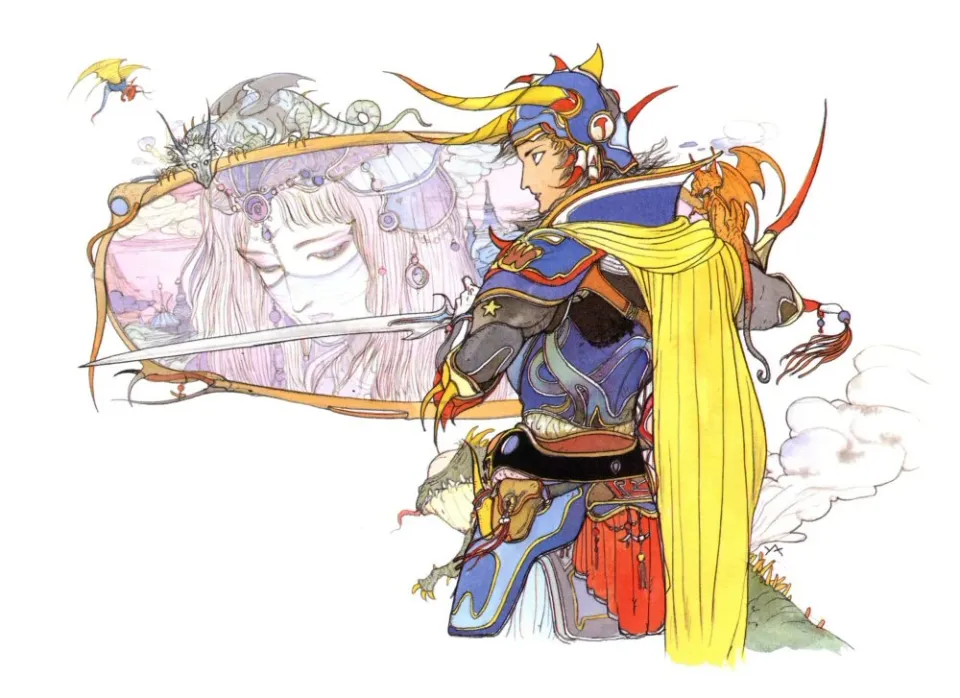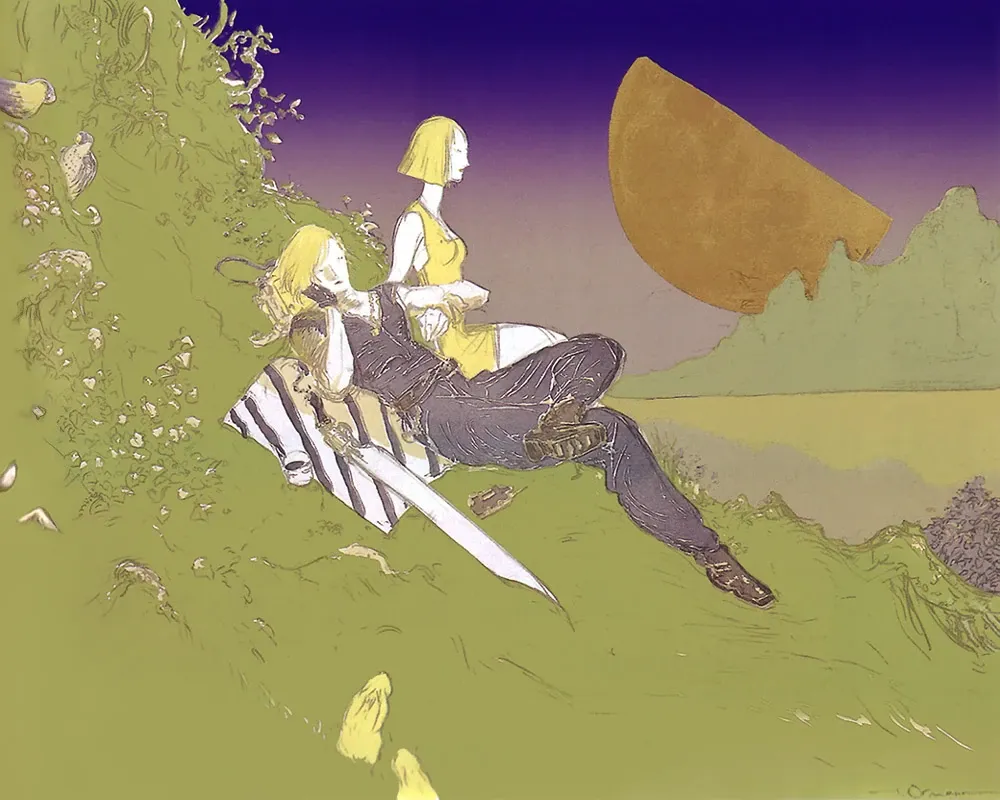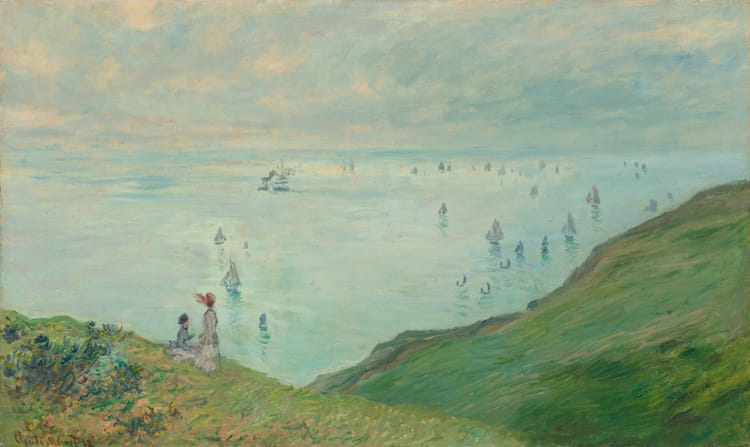TIER Review #1: A History Both Fae and Material

Hello everyone and thank you so much for subscribing! This monthly column is as-of-yet our only paywalled writing. In TIER Review, Pheonix and Grace pick a book or essay or other piece of writing, talk about it over a couple emails, lightly edit the discussion, and publish it for your reading pleasure. For this first column, we thought it would be appropriate for us both to pick one of the others writing and to talk about our trajectory as critics and our goals for TIER itself.
Phoenix Simms:
Hi Grace,
For this first newsletter I chose to read your 2020 piece for Into the Spine, "Final Fantasy's Meta-Narrative Proves Video Games' Short Memory". I resonate with the Final Fantasy series itself and this piece deals with an underserved topic in games criticism. Namely, the topic of the interstice between player and play.
Brenden Keogh and others in recent years of game theory have been discussing the intersections of organic bodies, affective fields, and games not just as airy-fairy digital objects but as concrete technology that can impact our social and ecological environment. I know you recently wrote a piece about controllers and how their design effects the philosophy of play as well as the mediation of the digital experiences we have via their interfaces. I love the way that games encourage people of all ages to play pretend within the magic circle, but have also been baffled by how often people forget that that's what they're doing more than half the time with this medium: playing pretend.
Your piece for Into the Spine deftly illustrates how classics like Final Fantasy make space for more poignant and personal emergent narratives because they are limited in their technological advances and deliberately work within those limits. AAA games nowadays are fixated with verisimilitude, to the point where I often find the mystique of games as interactive fiction or art is lost. I'm not a fan of lo-fi graphics, because the trend often veers into that dangerous territory of extreme nostalgia that also contributes to the stagnation of expressive game design.
But I understand the appeal and love of games, especially indie, that seek their own (sometimes heavily-inspired yet remixed) visual style that isn't checking all the boxes of AAA hyperrealism. Hyperrealism, as you mentioned in your piece as well, I agree is inevitably a fallacy in game design. Square spent more than a decade trying to sweep all the bugs from Final Fantasy XV, for instance, and players can still find where the skybox is located.
I think our philosophy towards game design (especially for narrative-driven titles) and criticism overlap in that we both are concerned with how short the memory of both those forms are. And it doesn't bode well for the constant whiplash of various actors in the industry assuming that there's constant innovation afoot when there's actually more of a perpetual complacency disguised as groundbreaking GOTY design. I feel like your piece on Final Fantasy dovetails with your criticism of how Critical Hits failed to capture the vibrancy and variety of literary games criticism at large.
Do you still feel like you stand by most of what was expressed in exploring the meta-narratives of classics like Final Fantasy?

Grace Benfell:
Hello Phoenix,
I largely do! I often read my older work expecting to be embarrassed, but rereading it, I found this to be very clear and legible. Final Fantasy is an all-timer, still so weird and fun and lean in a way few games are. That is obviously worth respecting, and Final Fantasy is respected, but it's also worth enjoying like you enjoy a good meal. Lick the plate, chew down to the bone, all those good things you can do with your body. Video games can be one of those things.
I am tickled that you picked my piece on Final Fantasy, because I wanted to discuss yours on Final Fantasy VIII for Unwinnable, "Squall is Extradimensional." The franchise’s ninth entry gets most often discussed as the return to the NES titles. It has a medieval science fantasy aesthetic, compared to the more science fiction models of 6, 7, and 8. It brings back the crystals and elementals that defined the early games. However FF8 is the more direct successor to me. The villain Ultimecia has a similar point to FF's villain Garland, turning all of history into a single vanishing point. The wreckage the angel of history witnesses, a la Benjamin, but with no momentum. The destruction of history all around, but never changing shape.
You can go meta with this of course. A few video games of recent years have aspired to a kind of ultimate simulation. No Man's Sky and Fortnite and Minecraft are all different in many ways, but all have a kind of malleability and evolution that marches forth, often over-riding what came before. Verisimilitude or nostalgia, as you mentioned, are influences on this kind of thinking, but it most consciously relies on a deterministic view of history. All video games lead to this ultimate one that will replace all others. There are now game development studios whose entire output is within Fortnite itself. The fucking metaverse.
I think the threat of Ultimecia is worth taking on its own terms though. Final Fantasy VII is a love story. Love requires history, a first meeting, a second, the first time we kissed or had sex, the contours of firsts and lasts and every moment in-between. Ultimecia's world is without history and so it is without love. Squall starts the game repressing memories and acting aloof. It is as he begins to remember, both through his connection with Laguna and his own past, that he starts opening up. It is then that the history-less world feels like a threat to him, and to us. I think you are right when you say his psychic link with Laguna is both mythical and material, Fae and online. The connection between Squall and Laguna reflects a continuity, one that is not only nostalgic but also explanatory. The past meant something and it cannot be returned to lightly. That connection, in and of itself, is a weapon against Ultimecia's end of history. It reminds us that remembrance causes us to act differently.
I don't want to treat history, whether personal or grand, as merely a warning. Maybe it is like a faerie, as much as a wreckage. Something that reminds us that the world is strange and makes that strangeness believable. Your piece is so great because it sees that weirdness, respects it, even as it grounds it. TIER was founded, I think, in the necessity of that history. We have both been working in this space for a few years and reading it for even longer. We see things both fae and material. We want to write and edit crit that looks backward and forward. The more the industry condenses to a single point, the more we want to spread out from margin to margin.




